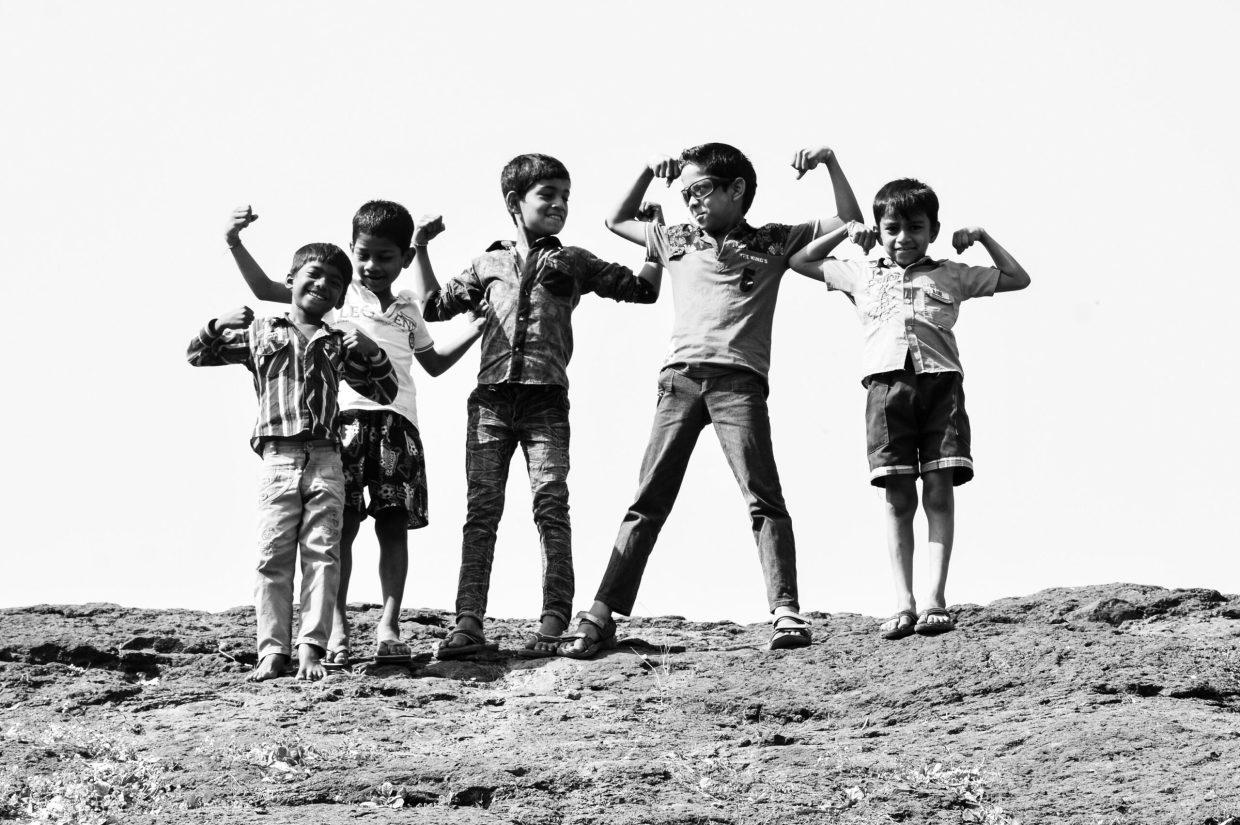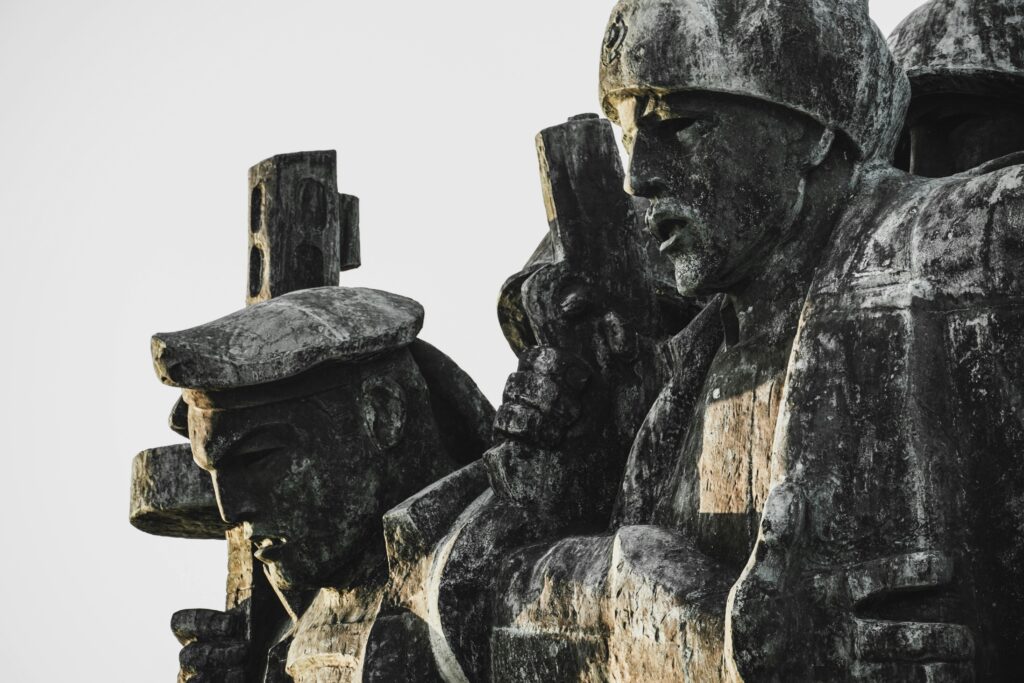In conflict zones across the globe, children are being robbed of their childhoods, thrust into the chaos of warfare as unwilling soldiers. The phenomenon of child soldiers is a haunting reality that continues to challenge international communities, human rights organizations, and governments alike. Despite global efforts to eradicate this practice, millions of children remain trapped in the violence, navigating a complex web of social, political, and economic forces that perpetuate their exploitation. In this article, we delve into the global actions taken to combat the use of child soldiers, the ongoing challenges faced in these efforts, and what must be done to protect the world’s most vulnerable from the ravages of war.
Table of Contents
- Understanding the Root Causes Behind the Use of Child Soldiers
- International Legal Frameworks and Their Impact on Prevention Efforts
- Rehabilitation and Reintegration Programs That Make a Difference
- Policy Recommendations for Governments and Global Organizations
- In Conclusion
Understanding the Root Causes Behind the Use of Child Soldiers
The recruitment and use of child soldiers are driven by a complex web of social, economic, and political factors that persist in many conflict zones around the world. Armed groups often target children as they are more impressionable, easier to manipulate, and less likely to resist orders compared to adults. In regions plagued by poverty, the promise of protection, food, or a sense of belonging may lead families or children themselves to inadvertently support or join these militias. Moreover, states or factions may forcibly conscript children to bolster their numbers, taking advantage of fragile rule-of-law environments where accountability is weak or nonexistent.
Several key factors contribute significantly to this tragic phenomenon:
- Prolonged conflicts: In war-torn areas, the breakdown of social and educational structures pushes children into the front lines.
- Weak governance: Absence of effective state control allows non-state armed groups to flourish and exploit vulnerable populations.
- Economic hardship: Extreme poverty often forces families to make heartbreaking decisions, sometimes offering their children as soldiers.
- Cultural dynamics: In some communities, children are viewed as legitimate combatants to defend land or clan honor.
Understanding these root causes is essential for crafting holistic policies that not only demobilize child soldiers but also prevent their recruitment from the outset.
International Legal Frameworks and Their Impact on Prevention Efforts
The international legal landscape has established a critical foundation in addressing the use of child soldiers, with pivotal treaties and protocols aiming to curb recruitment and reintegration of affected children. Among the most influential instruments is the United Nations Convention on the Rights of the Child and its Optional Protocol on the involvement of children in armed conflict, which specifically prohibits the conscription of children under the age of 18 into armed forces and calls for their rehabilitation. Additionally, the Rome Statute of the International Criminal Court (ICC) classifies the conscription or enlistment of children under 15 into armed forces as a war crime, holding perpetrators accountable on a global scale. These legal frameworks serve as both a deterrent and a mechanism for justice, reinforcing the international community’s commitment to protecting children’s rights amid conflict.
However, the real-world impact of these frameworks is often challenged by on-the-ground realities such as lack of enforcement, ongoing instability, and resource constraints. Prevention efforts hinge not only on robust legislation but also on effective implementation, which includes:
- Strengthening national laws to align with international standards
- Supporting local communities and organizations in developing education and rehabilitation programs
- Enhancing international cooperation for monitoring violations and providing aid
Despite these hurdles, the legal frameworks remain indispensable tools that galvanize global action, providing a structured approach to prevention that combines accountability with rehabilitation. Their true power lies in fostering a universal norm that child soldier recruitment is unacceptable, pushing governments and armed groups toward sustainable peace and the protection of vulnerable youth.
Rehabilitation and Reintegration Programs That Make a Difference
Successful reintegration of former child soldiers hinges on comprehensive, tailored programs that address psychological, social, and economic needs. In many conflict-affected regions, initiatives blend trauma-informed counseling with vocational training, aiming to restore a sense of identity and purpose beyond armed conflict. Community-led approaches, including local healing rituals and peer support groups, play a pivotal role in breaking cycles of stigma and isolation, enabling children to reclaim their place within society. The involvement of family members and local leaders often enhances trust and fosters a supportive environment crucial for sustainable recovery.
Key components of these transformative programs include:
- Education and skill development: Equipping children with marketable skills to foster long-term independence.
- Mental health services: Offering psychosocial support to address deep psychological scars left by forced recruitment.
- Community sensitization: Educating society to accept and support returning children rather than ostracize them.
- Legal assistance: Protecting rights and facilitating access to justice and reparations when applicable.
While progress has been made, these programs often face challenges such as limited funding, insecurity, and cultural barriers. Nevertheless, ongoing global partnerships and local empowerment strategies continue to improve rehabilitation outcomes, reinforcing hope for a future where former child soldiers can thrive as contributing members of their communities.
Policy Recommendations for Governments and Global Organizations
To effectively dismantle the recruitment and use of child soldiers, governments and global organizations must implement multifaceted strategies that prioritize prevention, protection, and rehabilitation. Establishing stringent legal frameworks that criminalize the conscription of children in armed conflicts is essential. These laws should be rigorously enforced alongside robust monitoring mechanisms to ensure compliance at local, national, and international levels. Equally crucial is fostering education and economic opportunities in vulnerable regions, addressing the root causes that drive children into armed groups, such as poverty, lack of schooling, and social marginalization.
Global cooperation plays a pivotal role in addressing this complex issue. Governments and organizations should collaborate on:
- Strengthening cross-border intelligence sharing to disrupt trafficking networks.
- Supporting community-based programs that facilitate the reintegration of former child soldiers through psychosocial counseling, vocational training, and family reunification.
- Promoting public awareness campaigns to shift societal perceptions that normalize the use of child combatants.
- Allocating dedicated funding for initiatives focused on disarmament, demobilization, and reintegration (DDR) efforts.
Only through sustained commitment and inclusive policies can the global community hope to eradicate the exploitation of children in warfare and build a safer future for generations to come.
In Conclusion
As the world continues to grapple with the use of child soldiers, it’s clear that the path forward is both complex and urgent. Global actions—from international laws to grassroots rehabilitation programs—show promising steps, but challenges remain deeply entrenched. Addressing this issue demands not only continued vigilance and stronger enforcement but also a commitment to the social and economic factors that make children vulnerable in the first place. Ultimately, the fight against the recruitment of child soldiers is not just about saving lives; it’s about restoring childhoods and forging a more just, humane future. Stay informed, stay engaged, and remember: every child deserves the chance to grow up free from violence and fear.













